Exploring the Hidden Gems of Southern Albania
The allure of southern Albania is increasingly drawing travelers, with nearly 12 million visitors gracing the country last year. Many tourists flock to the picturesque riviera for a budget-friendly beach getaway, but signs of overtourism are emerging, leading to rising costs and the transformation of traditional villages into tourist resorts, influenced by developments from international investors such as Jared Kushner.
For those seeking a unique experience away from the commercial hustle, southern Albania offers hidden treasures, often overlooked by mainstream holiday packages. Undiscovered Balkans, a niche travel company from the UK, has curated small group tours that showcase the region’s scenic marvels and cultural treasures.
During a week-long journey in May, I ventured through charming coastal towns and explored the hinterlands, visiting UNESCO World Heritage sites, swimming in secluded waterfalls, lodging with local farmers, and navigating one of Europe’s last untamed rivers. We concluded our adventure on serene pebble beaches high above Lake Ohrid.
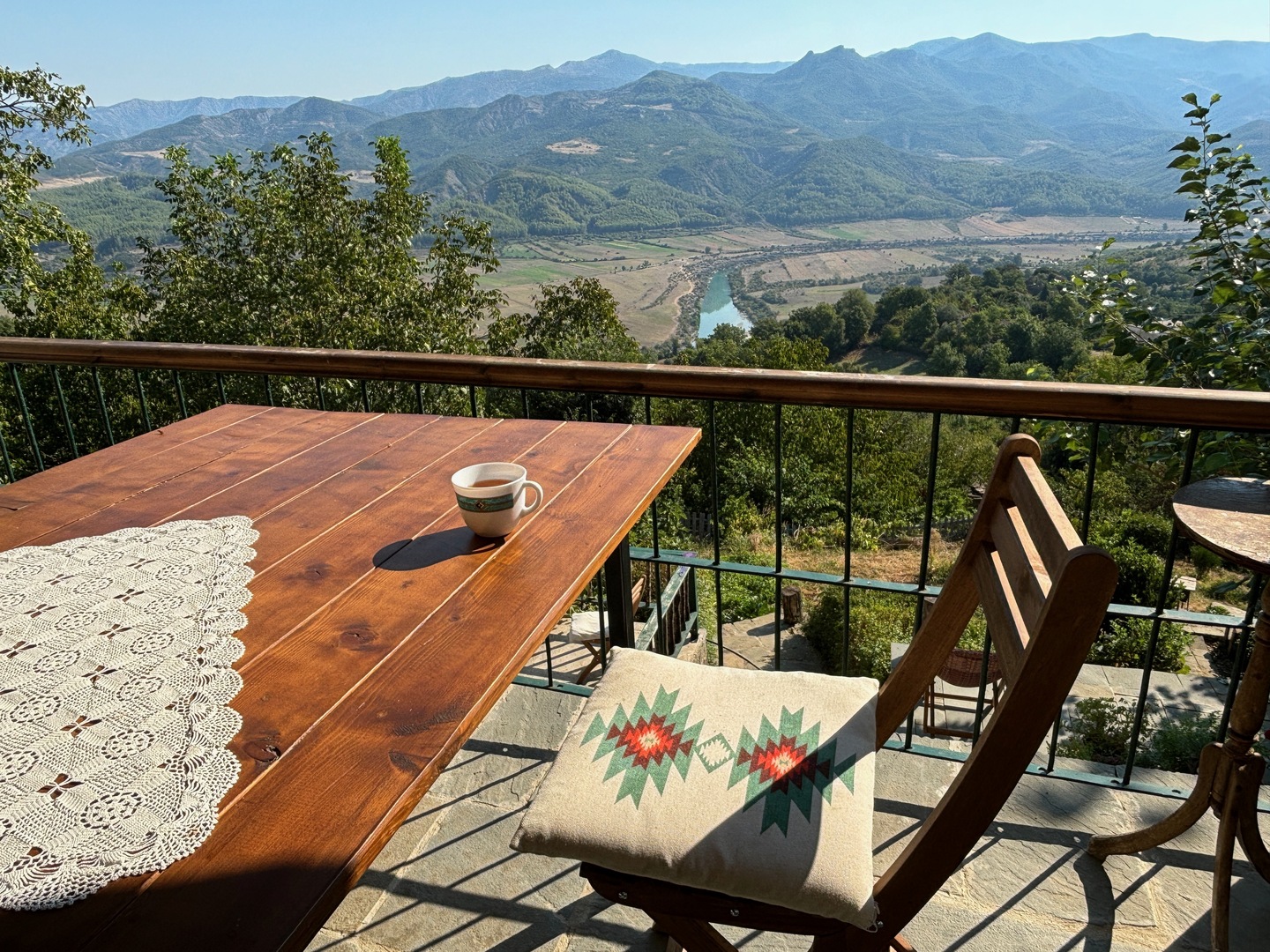
Reaching Qeparo, a tranquil beach village in Vlore County, after a three-hour drive from Tirana, I awoke to the stunning scenery of Old Qeparo, with its hillside farming heritage transitioning to New Qeparo along the seafront, where the vibe was vibrant with beach bars preparing for the season. Our culinary experiences began on the patio with breathtaking views.
Our gracious host Mirella Kokedhima, who operates a guesthouse on her hillside farm, impressed us with a delicious spread, even after a thunderstorm interrupted power. We savored dishes like eggs, goat cheese, yogurt, salads, homemade pastries, and robust Turkish coffee.
Since kayaking was not an option due to choppy waters, our group set out on foot along the coast on our first day. Comprising eight Brits aged between thirties and sixties, we traversed karst limestone cliffs, soaking in the spectacular vistas of traditional villages and the sparkling Ionian Sea. After a nine-mile hike, we reached Borsh beach, where we relaxed with cold beers after dipping our feet in the refreshing water.
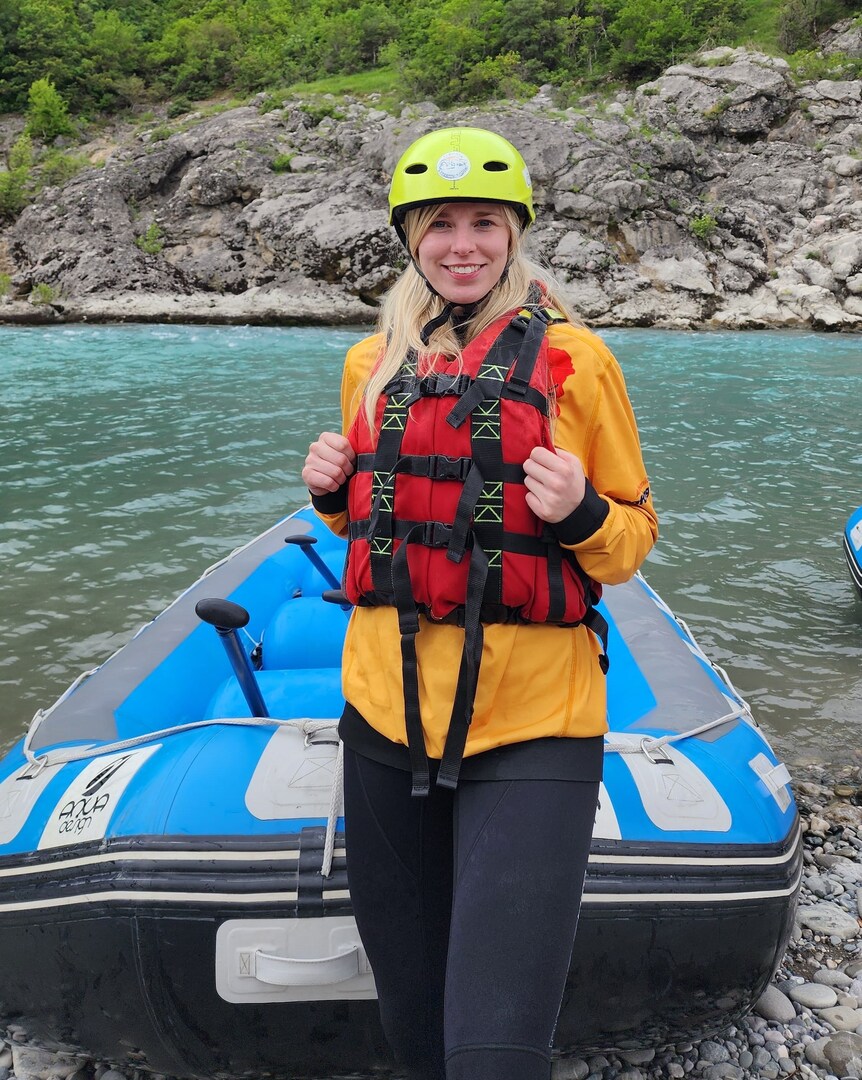
The following day, we departed the coast for an off-road adventure through the mountains to the Ottoman-era town of Gjirokaster, a UNESCO site. Surrounded by lush green peaks and open meadows, we made an unexpected stop to swim in a canyon waterfall, watched by curious local frogs.
Upon arriving in Gjirokaster, we were captivated by its charm, staying in a historically rich hotel that reflected its Ottoman roots. Gjirokaster is famous for its old town and bazaar, drawing comparisons to Mostar in Bosnia and Kruje in northern Albania. It is also the birthplace of Enver Hoxha, the communist dictator who governed Albania for four decades, leaving one to ponder the contrast between his legacy and the region’s serene beauty.
The well-preserved 13th-century fortress in Gjirokaster offered unparalleled views, while the cool stone structure provided refuge from the summer heat. Despite its popularity, we found affordable options, enjoying refreshing Aperol spritzes for about £6.
On the next leg of our journey, we set off for more mountain explorations with another thrilling 4×4 ride, leading us to the village of Hoshteve in neighboring Zagoria. After several photo stops, we visited a 12th-century church renowned for its well-preserved frescoes and icons, which had withstood numerous historical events.
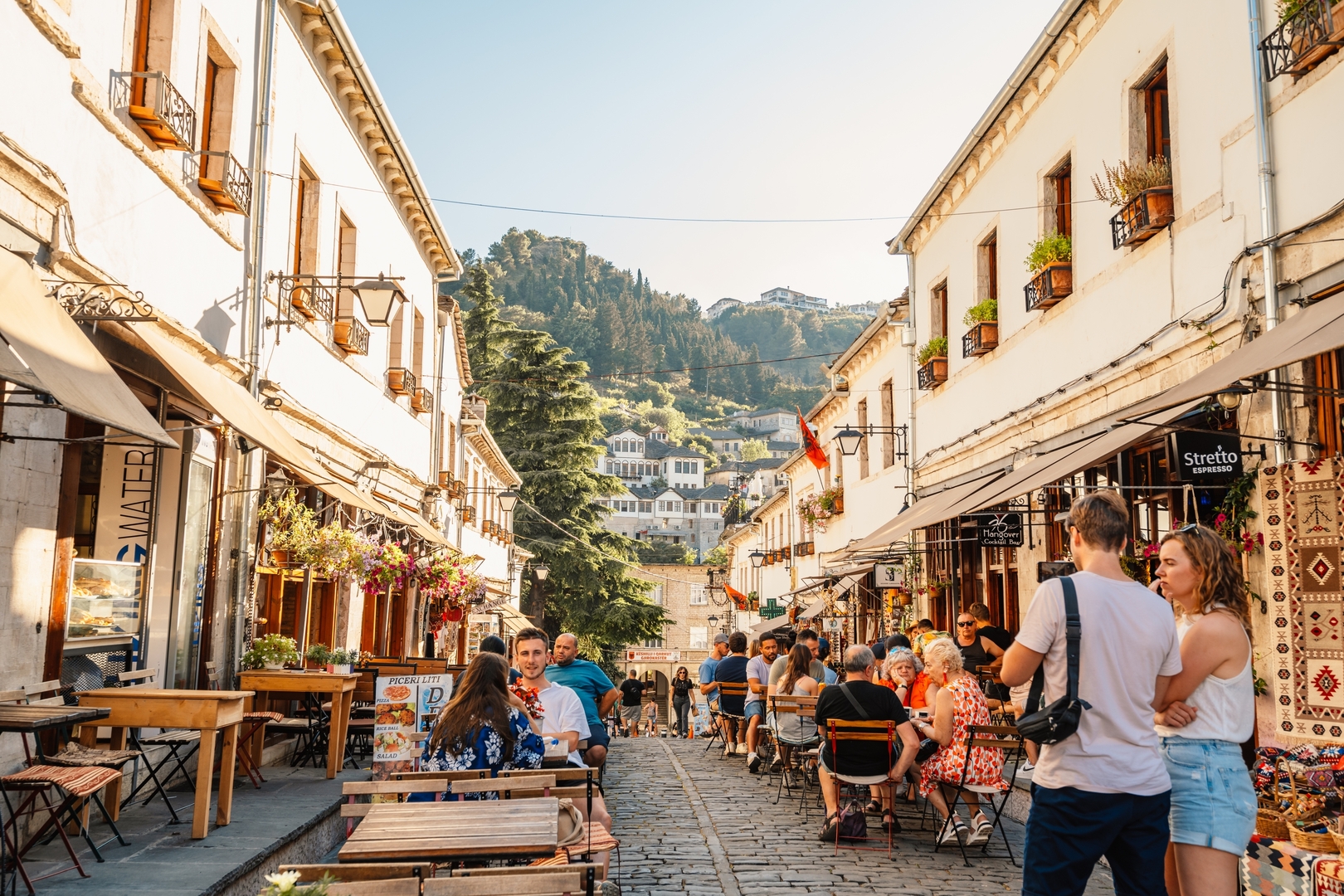
We returned to the guesthouse run by Kristina and Ladi Telo, enjoying another delightful meal on their flower-adorned porch, offering tranquility and stunning views. Kristina shared how they transformed their home into a guesthouse 12 years ago, catering to hikers seeking shelter and sustenance.
Our next lodging was in a 120-year-old farmhouse overlooking the Vjosa River, one of Europe’s last wild rivers. Though it’s perched on a precarious dirt path with steep drop-offs, the breathtaking views justified the journey. Kristaq Cullufe’s family home escaped communist seizure and underwent restoration after 1991, filled with nostalgic artifacts from Albania’s rich history.
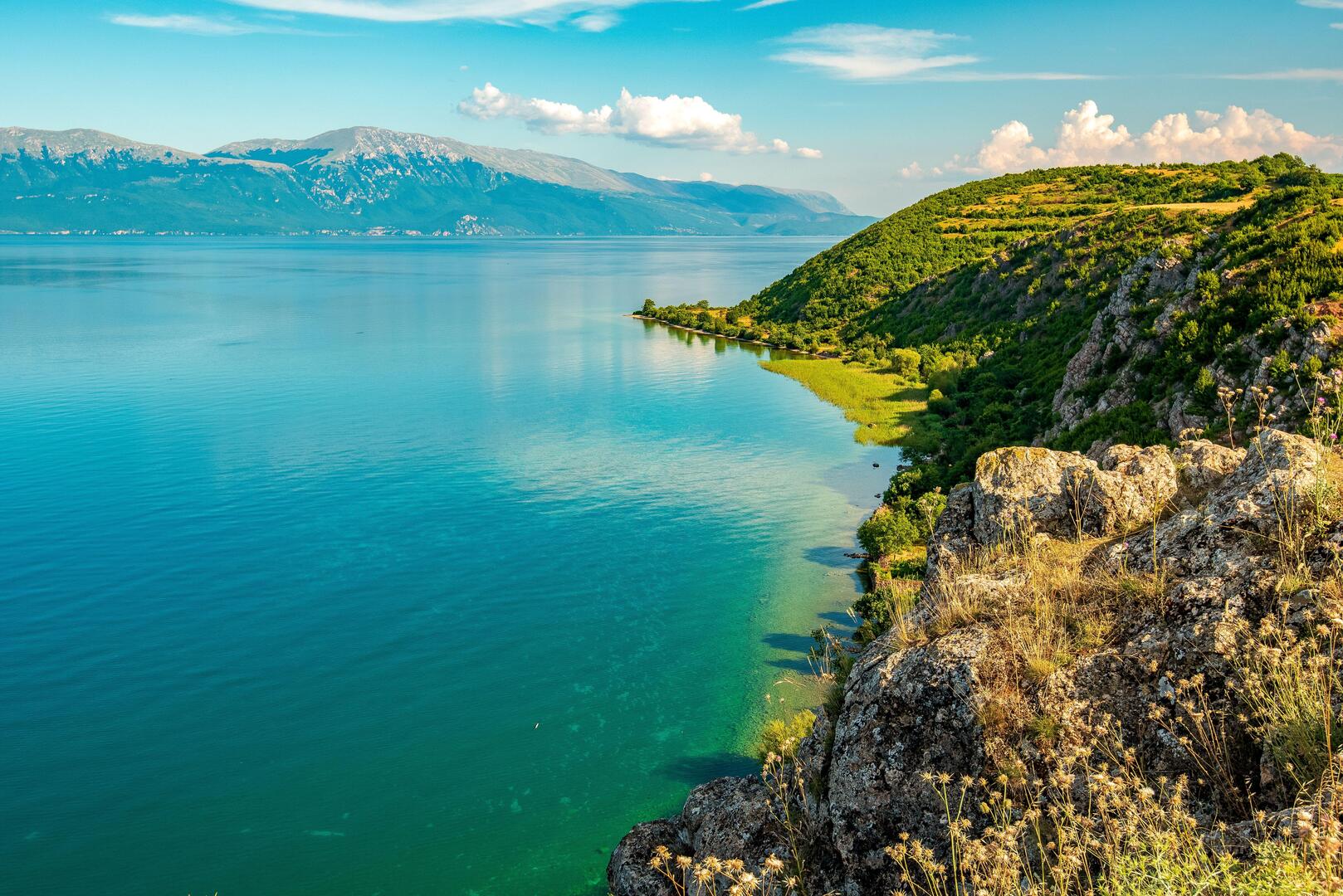
More captivating scenery guided us to Lake Ohrid—our final destination—after an adventure of white-water rafting and cliff diving on the Vjosa. The unveiling of the lake’s beauty awaited our arrival at dawn.
Lake Ohrid, straddling the border with North Macedonia, is one of Europe’s oldest lakes, situated near the quiet fishing village of Lin. Here, tourism is just emerging, where the local community favors boats over cars.
Our last day was filled with activities including hiking, kayaking to secluded beaches, and cycling along Albania’s lakeside route. Unlike tourist hotspots, these beaches remain untouched by commercialization. The pleasant ride took us past picturesque allotments and tranquil fishing spots.
In Pogradec, a lively town with a delightful seaside atmosphere, children played, and the aroma of fairground delicacies filled the air as locals enjoyed relaxing activities. This resort town strikes an ideal balance with bustling energy without overwhelming crowds.
If you seek a vacation filled with leisurely beach lounging and cocktails, this may not be the trip for you. However, for those eager to uncover a more authentic Albania with outdoor adventures and invaluable cultural encounters, this journey offers an unforgettable experience.
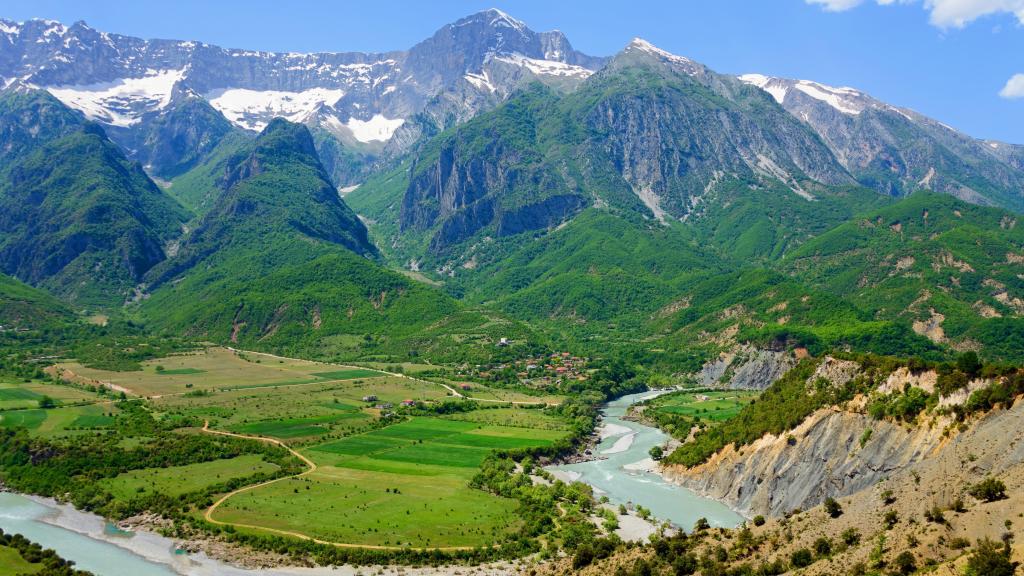
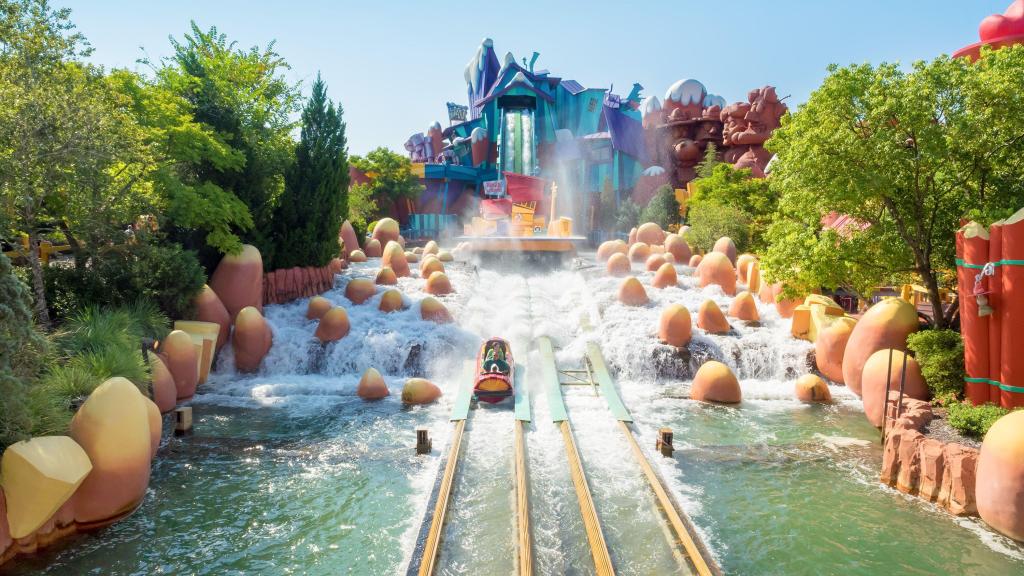
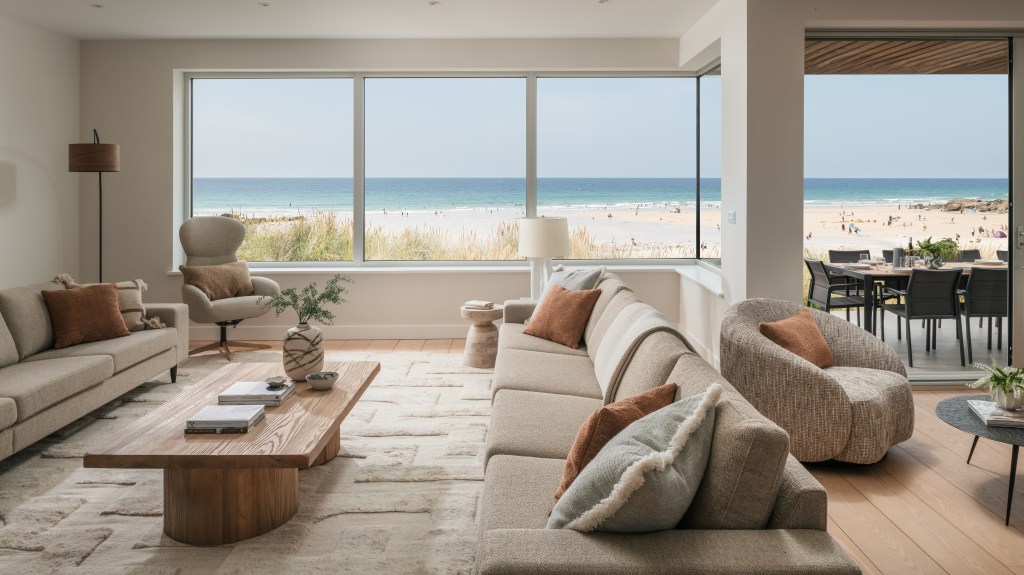
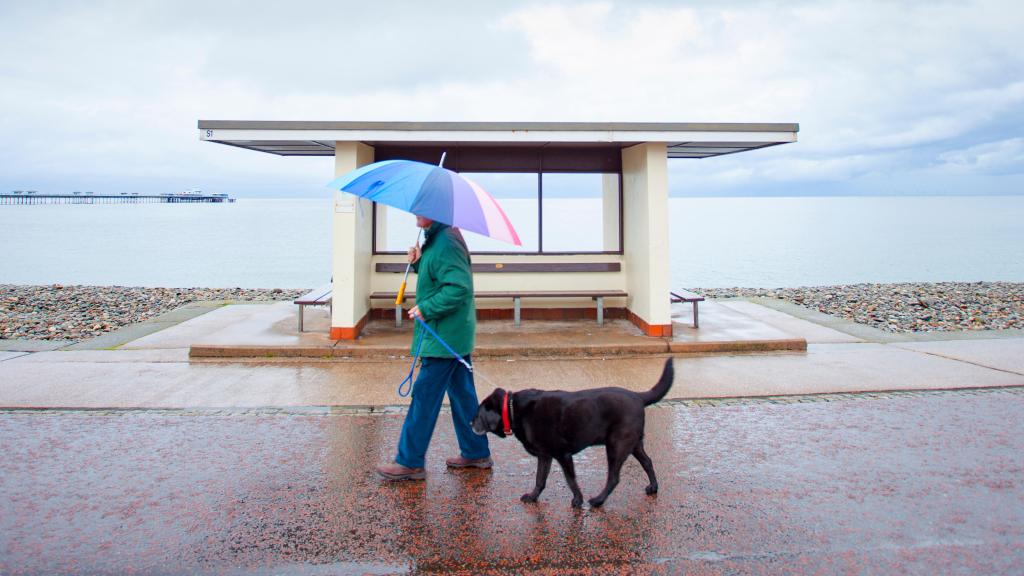
Post Comment